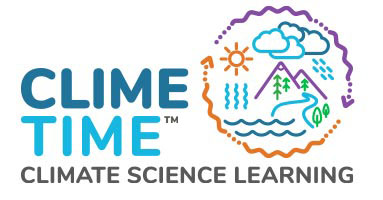Green Chemistry & Engineering
Sustainable Environmental Principles In K-12 Education
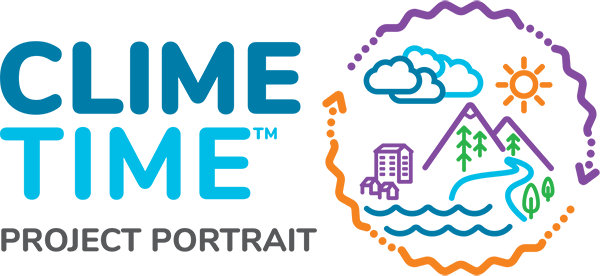
Overview
Across Washington State, educators have been integrating Design Principles for Sustainable and Green Chemistry and Engineering in classrooms through science experiments and projects learned in a series of professional learning experiences (PLEs) partially supported through ClimeTime and led by North Central Education Service District (NCESD) and Washington State Department of Ecology (Ecology) staff. These PLEs are part of a Green Chemistry and Sustainable Design Initiative that aims to introduce green chemistry and other sustainable environmental principles in K-12 education. Green Chemistry is “focused on the design of products and processes that minimize or eliminate the use and generations of hazardous substances.”1 Figure 1 depicts the initiative’s three interrelated goals.
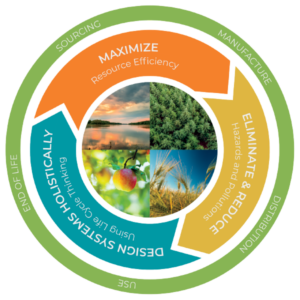
THEMES OF GREEN CHEMISTRY AND SUSTAINABLE DESIGN
This brief weaves together four teachers’ stories of engagement in Green Chemistry professional learning. Together, they shared positive experiences with their professional learning and related both supports and barriers to Green Chemistry and Sustainable Design implementation.
What We Did
Professional learning participants shared examples of activities and lessons inspired by Green Chemistry trainings. These included a school lab clean up with a supply room in which chemicals were safely disposed and exploring how the installation of a school’s solar panels supported Initiative principles. Professional learning led to other engaging lessons such as field trips to learn about wave generators that produce energy from ocean tides at the University of Washington Clean Energy Institute and a lesson about packing peanut materials. One teacher shared the impact of a unit depicting the life cycle of a product. This project raised students’ consciousness about the environmental impact of items in their everyday lives
What We Learned
Professional learning participants found the ClimeTime professional learning resources were useful to their work. Other resources that practitioners shared as useful are the Department of Ecology website, the American Chemical Society website, and the Beyond Benign website.
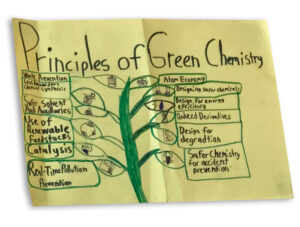
The science educators explained that engagement in the Green Chemistry and Sustainable Design PLEs offered opportunities to develop learning communities with other teachers with similar interests. The teachers also mentioned that having the support of building administrators to integrate Green Chemistry into classrooms made it easier to think creatively in re-imagining current science education practices
However, in some cases, the teachers described barriers. One shared that building administrators were more focused on current standards, curriculum, and testing. The teachers also noted the need for additional time and resources to execute Green Chemistry in their classrooms more effectively. These activities require developing new lessons, purchasing materials and advance planning.
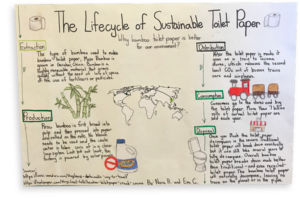
Life Cycle Student Poster
Practitioners hope to engage more teachers and grow knowledge around Green Chemistry and Sustainable Design with the anticipation that this can eventually become a common practice, and in turn, will impact students in a variety of ways. Green Chemistry practices can offer a safer lab environment for students. In addition, Green Chemistry can introduce students to career pathways in the sciences. Another interview participant shared that she envisions students can become empowered by what they learn during Green Chemistry lessons to become better advocates for cleaner and more sustainable practices.
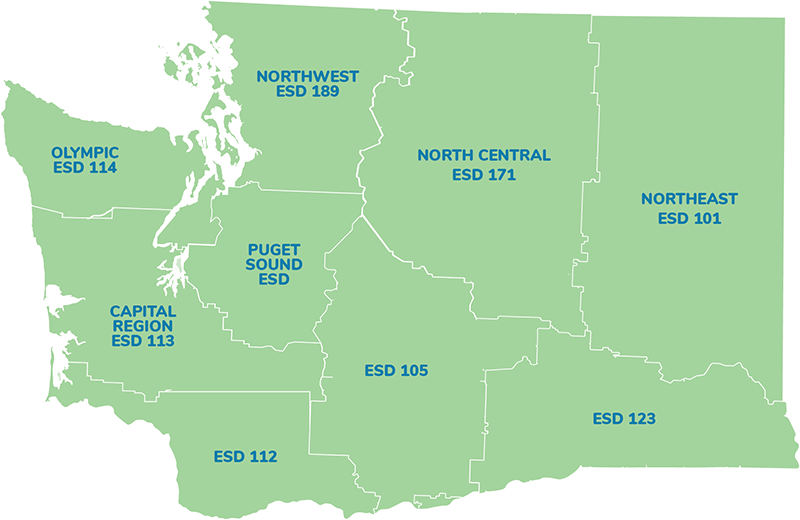
Project Reach
Teachers
Students
Project Partners
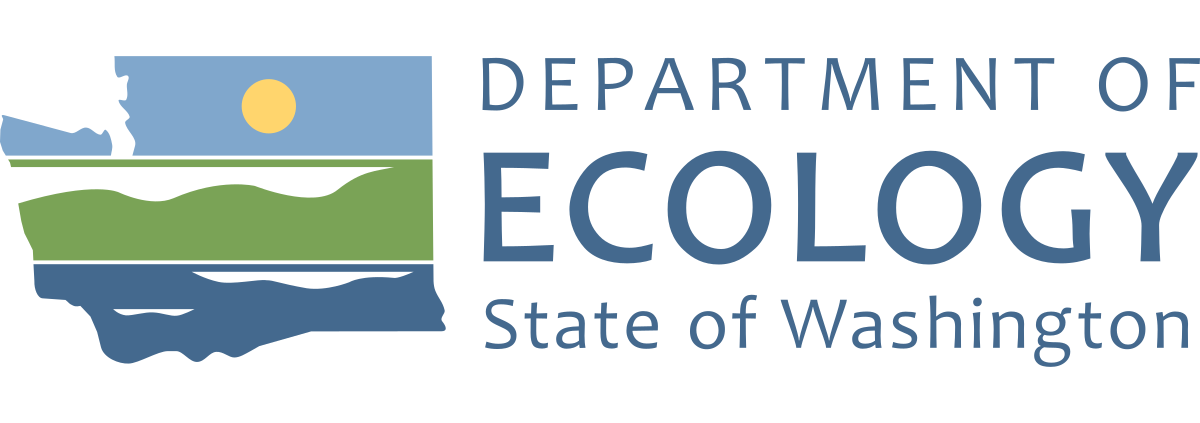


Feedback
I have attended at least three professional development training sessions with the Green Chemistry team…I think they are really great, I always leave with value.
Anything with a more ‘green’ lens is the way we should be going, the future depends on it…They [our students] are the problem-solvers of the future. They are inheriting a lot from us, it isn’t fair, but there are a lot of things they will be addressing that will be left to them.
Contact
For more information contact:
Cari Haug
Regional Science Coordinator
North Central Educational
Services District
carissah@ncesd.org
509-667-7102
